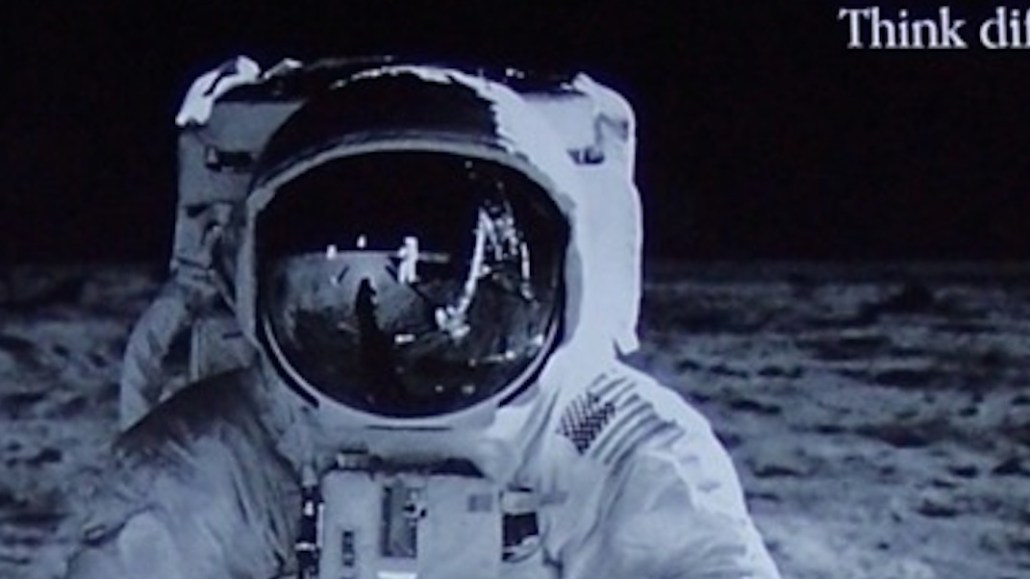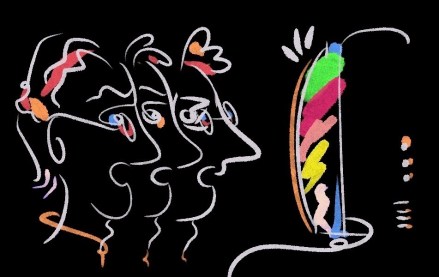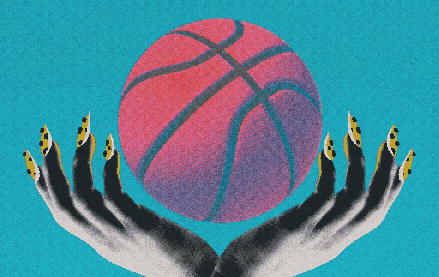
Mark Duffy has written the Copyranter blog for 11 years and is a freelancing copywriter with 25-plus years of experience. His hockey wrist shot is better than yours.
In 1997, Apple launched its iconic “Think Different” campaign. Advertising creatives loved the campaign for a few reasons: It boldly didn’t show any product and made the Mac customer the hero (most ad creatives didn’t use PCs). Copywriters and art directors ended up adopting the tagline as a mantra for what they did (or hoped to do) day-in and day-out.
Creative directors — always looking for a rejection rejoinder that doesn’t crush their underlings’ fragile egos — started using “it’s just not different enough” in lieu of harsher criticisms like “it’s not creative enough” or “it’s too expected” or the always-helpful feedback, “I’ll know it when I see it.”
Anxious ad creatives are often being prodded and pushed to come up with “different,” “never-before-seen” concepts. That’s a shit-ton of pressure, especially if you’re “ideating” in a well-trodden product category. This causes copywriters to deviate from the brief, to abandon the agreed-upon message. It causes art directors to create insane visuals that make absolutely no sense. It causes creatives to hatch puzzling “borrowed interest” ideas that have zero connection to the product. Because always remember: there are “good different” and “bad different” ideas. For instance:
https://www.youtube.com/watch?v=xXVwrqfs8uw
This 30-second spot for Toyo tires by Vitro USA was released early last month. Here’s the borrowed interest logic equation for the ad: If steaks = cars, then spray cheese = non-Toyo tires. O…K., I think steaks can be like tires if they’re well-done (black) and hard to chew (rubbery). But … yeah, this is a prime example of “bad different.”
Maxim’s is a fast-food chain in Hong Kong. This ad, for its boneless Hainan chicken, was released in December. Maxim’s is declaring that its chicken is so tender and “succulent” that it glides smoothly and quickly down a playground slide. Maxim’s then invited people to visit its Facebook page and guess how long it takes a piece of its chicken to slither down the slide.
This “bad different” stunt makes me think that Maxim’s soaked that chicken slice with WD-40. It is not an appetizing image. At all. Agency: STHK, Hong Kong.

Here’s a new campaign via Y&R Argentina for Topline gum. Copy line: “Stretch Your Kisses.” This is a textbook digital art direction example of “just because you can do it, doesn’t mean you should.” Here was (probably) the art director’s thought process: “What if I turned their faces into gum?! (But that doesn’t make sen…) Shut up, left side of brain.” He (The AD on these ads was a man) probably then spent two weeks making the comps.
South America, for years now, has been the undisputed home of WTFH art direction. I’m 99 percent sure the client didn’t approve these “bad different” ads. Previous ads for the brand have been more “good different,” like this 2009 commercial by DCN Saatchi and Saatchi.
What, exactly, makes an ad “good different”? Well, the “different” needs to be tied directly to the brand/product. Also, you just know it when you see it (sorry). A recent example is this Tylenol “Headache Chicken” spot.
What is the best “good different” campaign of all time? Return with me to 1989 and watch a commercial from the “if it’s out there, it’s in here” campaign for the NYNEX Yellow Pages, created by Chiat/Day. (See more of the spots here.)
You giddily looked forward to the next visual pun, to see if you could figure out the punchlines before the end of the spots. This is how you “think different.” This wasn’t just “good different,” it was stupendous different. And nothing like it has been produced since.
More in Marketing

Why the New York Times is forging connections with gamers as it diversifies its audience
The New York Times is not becoming a gaming company. But as it continues to diversify its editorial offerings for the digital era, the Times has embraced puzzle gamers as one of its core captive audiences, and it is taking ample advantage of its advantageous positioning in the space in 2024.

Why B2B marketers are advertising more like consumer brands to break through a crowded marketplace
Today’s marketing landscape is more fragmented than ever. Like consumer brands, business brands are looking to stand out in a crowded and competitive marketplace, making marketing tactics like streaming ads, influencers and humorous spots more appealing.

As draft puts WNBA in spotlight, the NBA is speeding up ballplayers’ transition to creators
The NBA’s star athletes are its greatest marketing asset.








